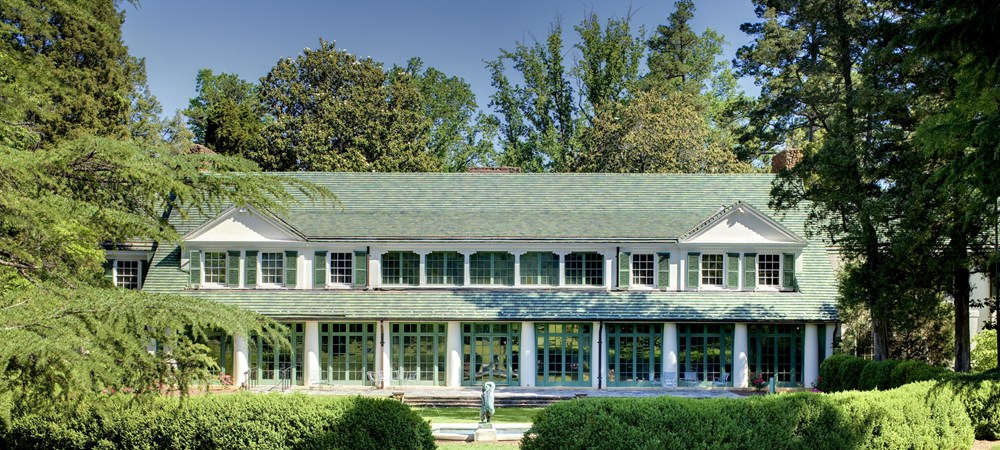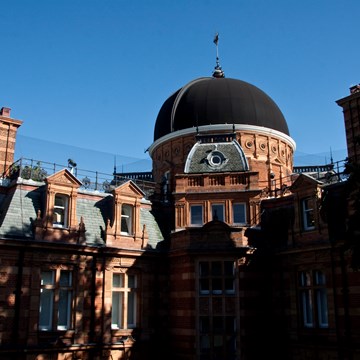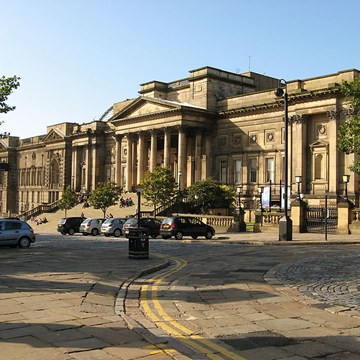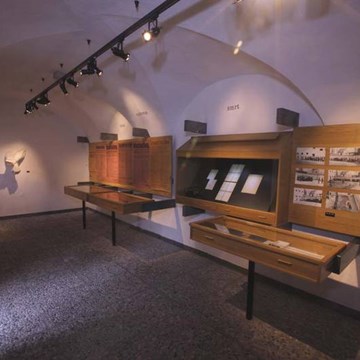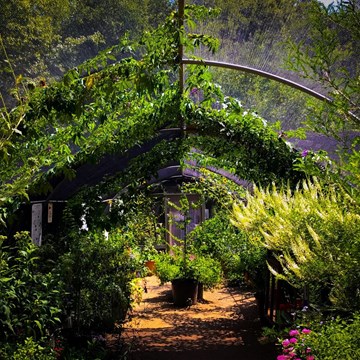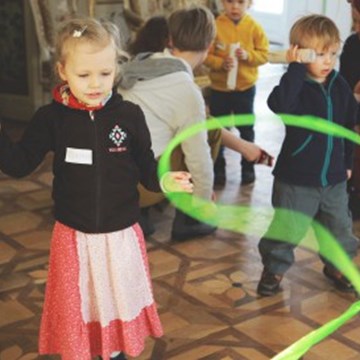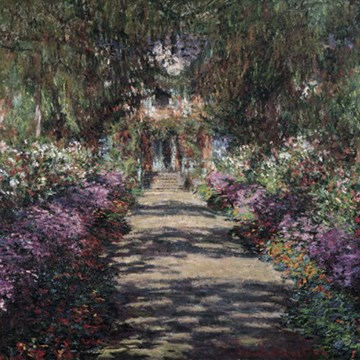Reynolda House Museum of American Art
In 1911, Katharine Reynolds, wife of Winston-Salem titan of industry, RJ Reynolds,the founder of Reynolds Tobacco, purchased a large swath of land on which to build an ideal country estate. Ahead of her time, the ever-progressive Katharine independently oversaw the building of a vast estate that included a man-made lake (called Lake Katharine) and waterfall, a working farm, public gardens, and lastly, the bungalow that the Reynolds family would soon call home. In its entirety, the estate was called Reynolda, a reference to Katharine’s instrumental role in the planning of the estate and in its management in the following years. The family moved into the home in 1917. Reynolda grew to serve as a sanctuary for not only the wealthy Reynolds family, but also many of the workers who lived, swam, played, and attended church and school on the grounds. In the 1930s, Mary Reynolds Babcock, one of the four Reynolds children, became the sole owner of Reynolda. She and her husband, Charles Babcock, renovated the basement, adding a shooting gallery, bowling alley, mirrored bar room, and indoor swimming pool. In the 1950s, the Babcock family decided to donate land to Wake Forest University, forming what is now the University’s Reynolda Campus. In 1967 Reynolda House became a public museum of American Art, featuring works by artists such as Frederic Church and Albert Bierstadt. Today, the entirety of the Reynolda estate serves as a local landmark and sanctuary for the Wake Forest community as well as the greater community of Winston-Salem.
Exhibitions and events
We don't have anything to show you here.
Educational programs
We don't have anything to show you here.
Collections
We don't have anything to show you here.



